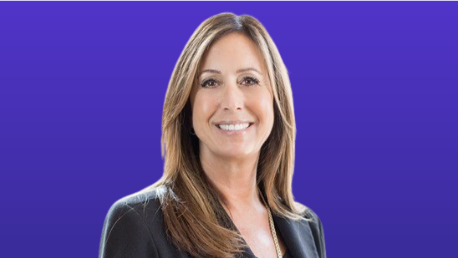Getting insurance is supposed to have gotten easier over the years. Online insurance brokerages and price comparison tools have made it easier to get the best prices, which means that the traditional role of insurance agents and brokers has evolved. In Germany, for example there are 33% fewer insurance agents than there were 10 years ago.
The prevalence of online channels means that it’s easier for insurers to reach customers directly—and it’s easy to get insurance without seeing anyone face-to-face. This convenience has been co-opted, however, by bad actors known as ghost brokers.
Ghost brokers prey on individuals who seek low-cost insurance, and who are familiar with the internet, but may be unfamiliar with how insurance works overall. Their targets are young people (34% of victims are between 17 and 29) who the ghost brokers draw in through social media ads offering irresistibly low insurance rates. Using this lure, victims end up purchasing fake policies. The ghost broker collects premiums and steals personal information—then vanishes, often once an insured event occurs.
The Anatomy of a Ghost Brokerage
Ghost brokers claim that they work with insurance agencies to get much lower costs than normal, but these individuals aren’t licensed. Instead of working honestly with insurers, they operate in the following ways:
- Setting up completely fake insurance accounts
- Setting up real insurance accounts—then cancelling them as soon as ID cards are delivered
- Signing up multiple people for the same policy
- Signing up victims using false information to get artificially lower rates
The result is that victims end up paying premiums to the ghost broker every month—until an incident occurs. Then, the victim discovers that they’ve been uninsured, or that they’ve been covered by a policy that the insurance company can’t honor. In many jurisdictions, this has the potential to lead to fines and criminal convictions for the individual
Much of the available information on ghost brokers puts the onus on policyholders to be aware of potential fraud. And surely customers should always check whether the broker they use is licensed before buying a policy. With that said, insurers also have a vested interest in limiting the damage that ghost brokers present.
Insurance carriers can face financial risk when their policyholders are co-opted by ghost brokers. They also need to spend time and effort unwinding fraudulent policies that are uncovered in the aftermath of a claim. Finally, ghost brokers make insurers look bad—poisoning relationships with younger customers that carriers would like to serve for life.
Ghost Brokers are Taking Advantage of Insurance Infrastructure
Ghost brokers exist because they know that in large insurance companies, customer information is often siloed, and their underwriting processes might not automatically surface suspicious patterns. This means it can be possible for a broker to add multiple people to the same policy without anyone taking notice.
For example, a ghost broker may decide to create one large, combined policy for all their victims. As such, everyone named on the policy would share the same phone number and address. It can be suspicious when a large number of adults all share the same contact information, but ghost brokers will also make a point of creating customer accounts through different portals—online, over the phone, at branch offices, and so on. If these separate portals don’t share databases, then there’s no way for teams within the carrier to compare notes. It will be a while before insurers detect this potential evidence of fraud.
In addition, ghost brokers like to use false information to create low-cost insurance policies. They might misrepresent an 18-year-old driver (who would ordinarily receive a higher rate) as a more experienced 36-year-old. If the insurer is not using external data sources—such as a database of government IDs— confirming the driver’s actual age can be difficult and time consuming
AI Helps Insurers Bust Ghost Brokers
AI makes it much easier for insurers to detect ghost brokers and limit the damage they can cause.
Solutions like Shift Underwriting Fraud Detection ingest data from every branch of an insurance company, as well as select external data sources, to help root out fraud. For example, if a ghost broker attempts to sign up multiple customers using the same information, there is a greater chance the scheme will be detected—even if the broker signed up these customers using different channels or falsified information.
In addition, artificial intelligence can recognize unusual patterns in customer data. For example, let’s say that your fraud detection solution notices that a single IP address has been creating accounts for multiple different customers and then cancelling them after a short time. This is a pattern that might reflect a ghost broker trying to scam customers—and it merits further investigation.
Ghost brokers can be a huge problem for insurers. They affect insurers indirectly, but their actions can cost money and poison customer relationships. By making it impossible for ghost brokers to do business, insurers can protect themselves, their customers, and their bottom lines. For more information, contact Shift Technology today.


